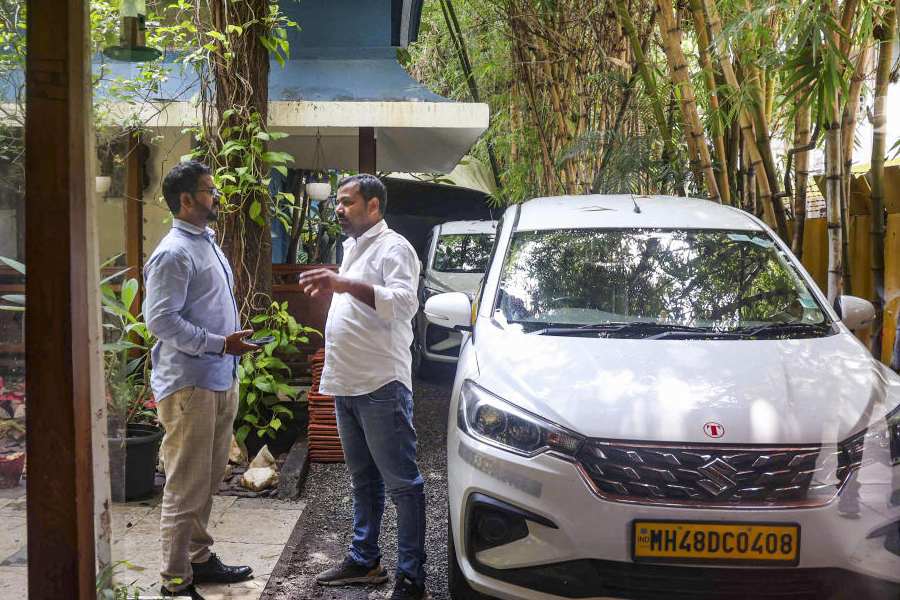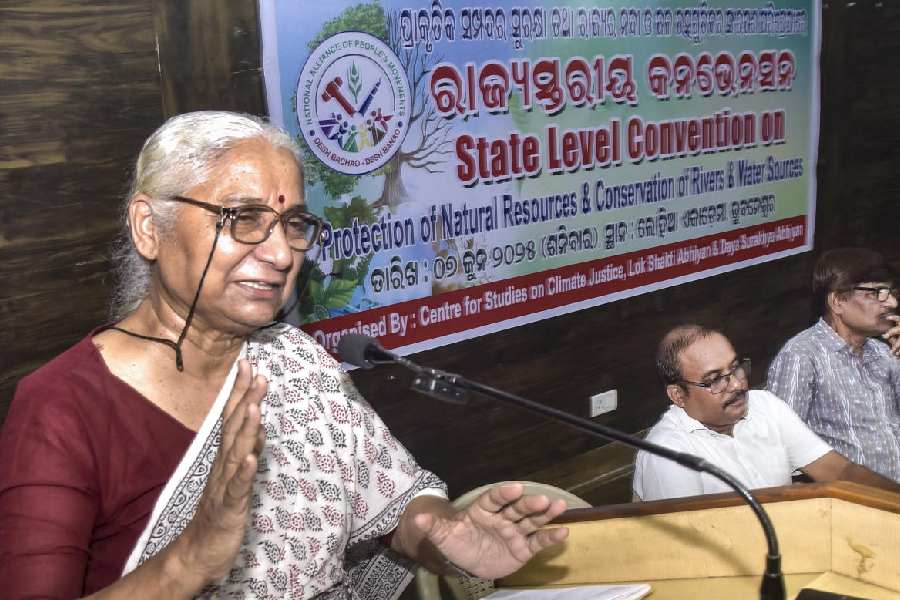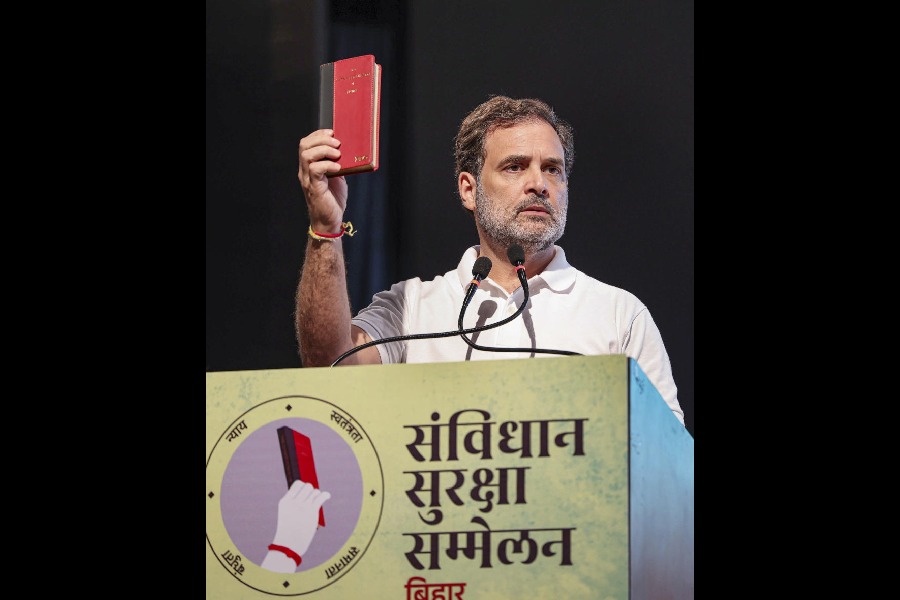New Delhi, Feb 1 :
Car makers who were spooked by the looming prospect of having to fight a sudden tide of second hand cars in an increasingly competitive market can finally breathe a little easy.
The government has devised a brilliant Catch-22 like mechanism to continue with the curbs on the import of second-hand cars even after quantitative restrictions (QRs) - a slew of tightly regulated import benchmarks designed to protect local industry - are totally eliminated by April 2001.
All that the commerce ministry will do is delete all references to the import of second hand cars in its Indian Trade (Harmonised System) Classifications of Export and Import Items.
ITC (HS) Classifications of Export and Import Items came into being after sweeping changes were introduced in the Exim Policy 1992-97. It became imperative for India to adopt the nomenclature under the harmonised system of commodity classifications, which is used all over the world, as a basis for its export/import transactions. The code was developed by the Customs Cooperation Council in Brussels. India has adopted the system for customs, excise and duty drawback purposes.
At present, chapter 87 of the ITC(HS) Classifications mentions second hand/used motor cars (including jeep and land rover) assembled as a restricted item and not 'permitted to be imported except against a licence or in accordance with a public notice issued in this behalf.'
Trade strategists in Udyog Bhavan say their predecessors in their wisdom categorised the import of cars under two categories - import of new cars and second hand imports while preparing the ITC(HS) manual.
However, it has now been decided that there is no need to categorise import of cars under two heads as car imports are listed as a single entry all over the world.
But here comes the catch. While deleting the reference to second-hand cars in the ITC (HS), the government will continue to retain the omnibus clause 5.3 under chapter 5 of the Export Import Policy which says 'all second-hand goods shall be restricted for imports and may be imported only in accordance with the provisions of this Policy, Handbook (Vol 1), Public Notice or a licence issued in this behalf.'
Officials say the government is fully entitled to retain this clause under the Export Import Policy even after eliminating QRs, which conforms to the prevalent practice in the case of second-hand imports worldwide.
The government has been under considerable pressure from the carmakers' lobby to stop the sudden tide of second cars which would severely undermine the viability of companies that have set up spanking new facilities at a considerable cost.
Their argument was that they ought not to be penalised for reposing confidence in the Indian economy by making their investments in the country.
Last November, Jacques Nasser, Ford's president and chief executive officer, had warned India against allowing second hand cars as similar moves had wiped out the domestic industry in countries like New Zealand. 'India has to decide whether it wants to become the scrapyard of the world or harness the latest automobile technologies,' he had said during his visit to launch its latest model - the Ford Ikon.
The chief of the world's second largest car maker had then maintained that India was under no compulsion from the World Trade Organisation (WTO) to allow the import of used cars since the issue was not covered by any licensing agreement. The refrain was picked up by other car makers and the chorus reached a crescendo at the recent Auto Expo in Delhi.
After much brainstorming, the government has found the simple bureaucratic sleight of hand as the best way to meet the demand of the developed countries to open up its automobile sector and yet stonewall used car imports. Any possible dispute arising out of such a policy will be negotiated at the WTO forum, officials say.
By retaining such a clause in the Exim Policy and by clubbing import of cars under one head in the ITC(HS) manual, officials hope to obviate the need for the commerce ministry to seek strict compliance to emission control norms, vehicle age etc for second-hand imports.
As for QRs, India still has import curbs on 1,429 items. These include 700 on the restricted list, 685 under the Special Import Licence (SIL) list and 44 items on the canalised list of items.
 Sunday, 08 June 2025
Sunday, 08 June 2025









